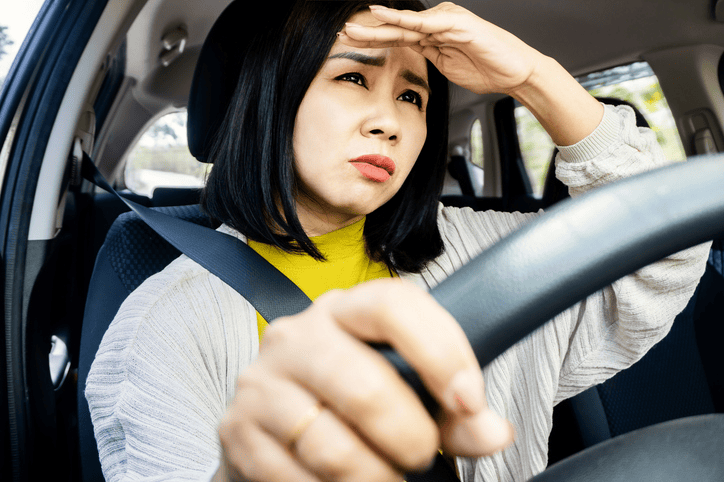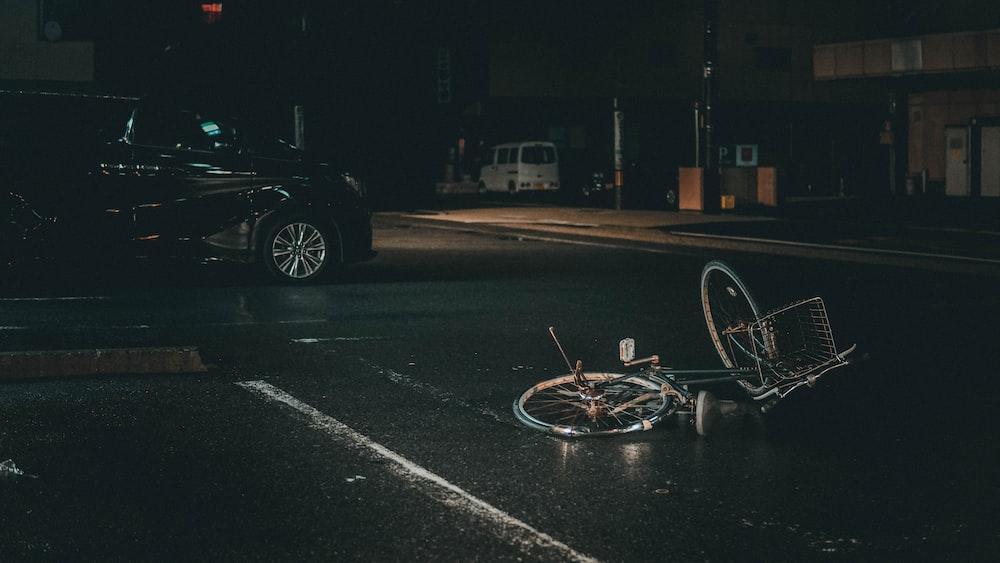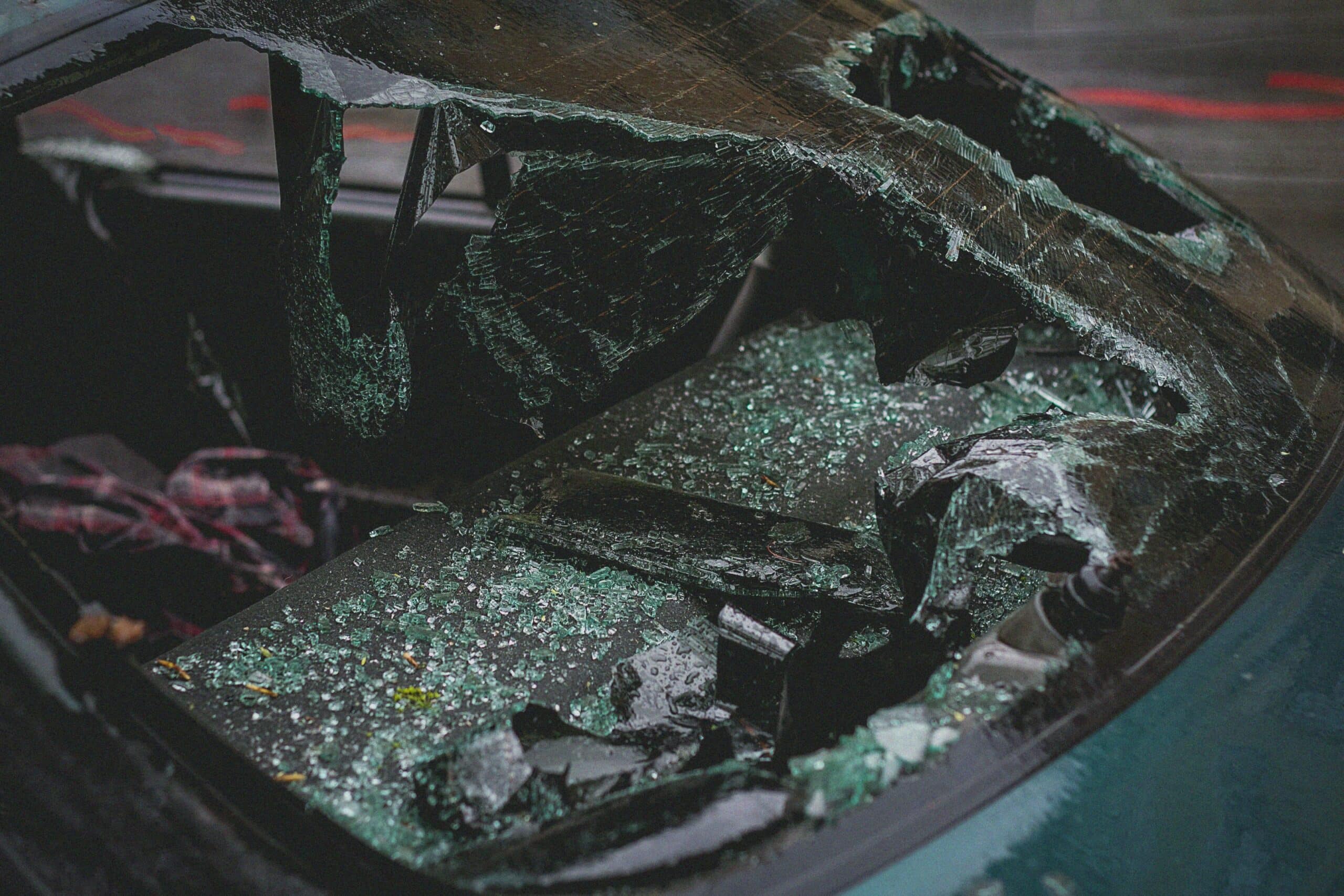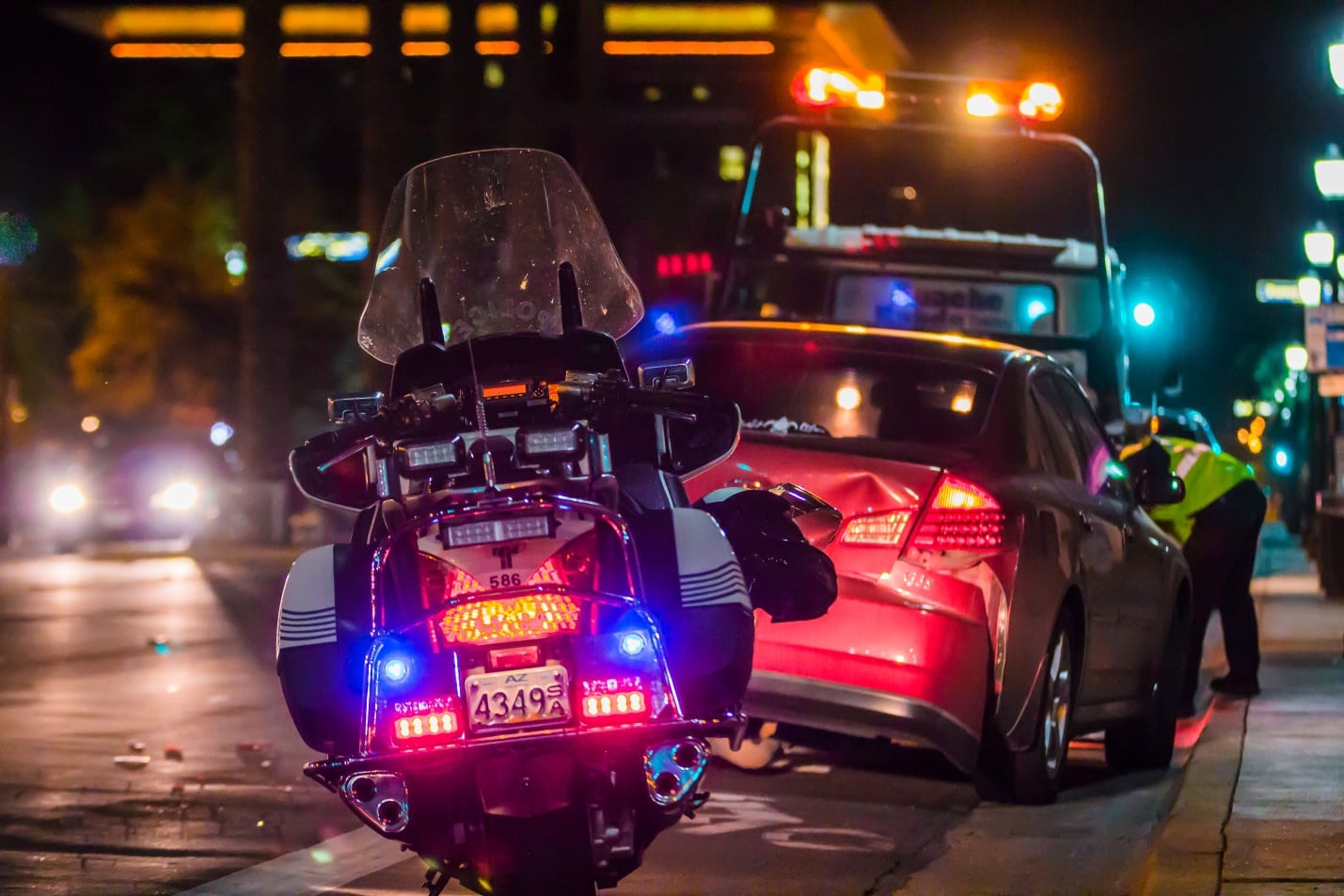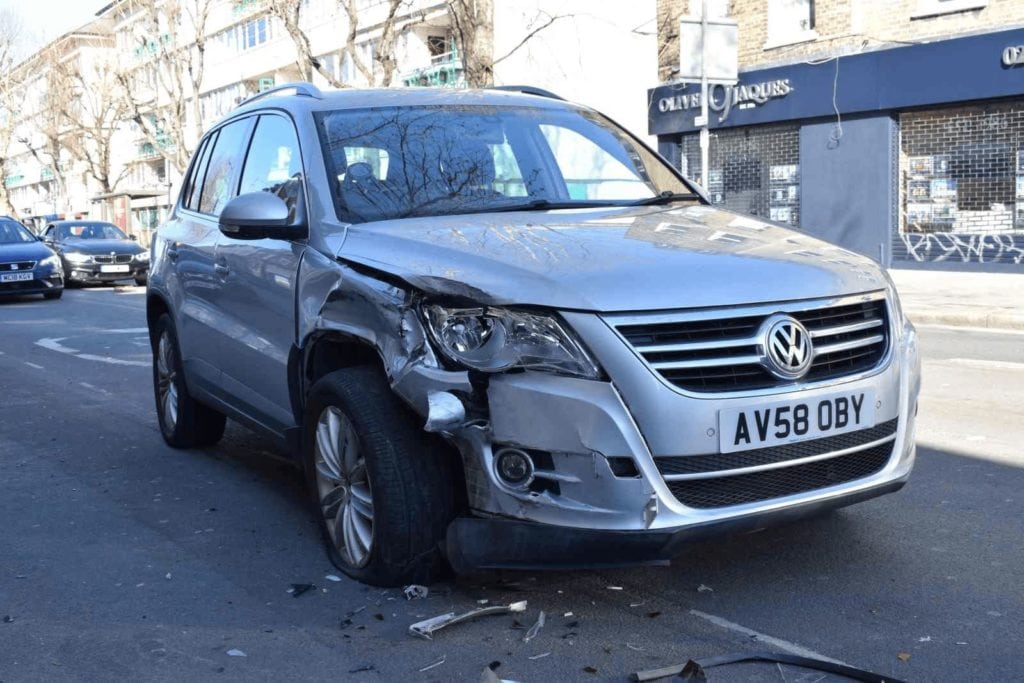
Car accidents are a frequent occurrence in the bustling city of Las Vegas. If you’re visiting from another state and find yourself in a accident, you’d immediately ask yourself, “Is Nevada a no-fault state?” Fortunately, Nevada is an at-fault state where you can bring a claim against the responsible party through your personal injury lawyer after an accident. There isn’t a minimum threshold for the damages or injuries to bring a legal claim, and an individual can bring a legal claim even if the damage is minor.
Here’s a quick guide to Nevada fault law to provide out-of-state visitors with useful insights into the state’s regulations so they can take the right steps!
IS NEVADA A NO-FAULT STATE?
There are numerous no-fault states in the US. Under this no-fault system, no matter who’s at fault, a driver’s own insurance company is responsible for covering the damages caused. However, that’s not the case with Nevada.
Nevada is an at-fault state when it comes to car accident claims, according to which all the financial responsibility lies on the party that caused the accident, including the vehicle repairs, medical bills, lost wages, and others. Regardless of the type of accident, Nevada Fault Law applies in which the party at fault is responsible for any personal or property damage. But the victim must prove that the other party was at fault.
DETERMINING LIABILITY IN A PERSONAL INJURY CLAIM
When an individual is involved in a car accident in Nevada, especially if it leads to injuries, there are several important steps they should take to protect their legal rights and potentially seek compensation. One of the most crucial aspects of this process is determining fault, as it plays a significant role in proving a claim for damages.
Let’s discuss some of these aspects:
Identifying Negligence
The first step after a car accident in Nevada, like in many other places, is to assess the circumstances and determine if the other party involved in the accident was negligent. Negligence implies that the other driver failed to exercise reasonable care while operating their vehicle. It could involve actions like speeding, running a red light, distracted driving, or any other behavior that led to the accident.
Gathering Evidence
To establish negligence, it is crucial to collect evidence that supports your claim. This might include taking photographs of the accident scene, obtaining witness statements, and preserving any physical evidence such as skid marks or damaged vehicles. Evidence like this can be invaluable in proving the other party’s fault.
Sorting Out the Fault
Sorting out the fault in a car accident claim typically involves investigations by insurance companies, law enforcement, and potentially legal professionals. These parties will examine all available evidence and statements to determine who was at fault. The outcome of this process can significantly impact your ability to seek compensation.
Proving Your Claim
Once the fault has been established, you can use the evidence you’ve gathered to support your claim. This claim will typically be made against the at-fault party’s insurance company. Your claim might cover medical expenses, property damage, lost wages, pain and suffering, and other damages related to the accident. Successfully proving the other party’s fault is a crucial step in getting the compensation you deserve.
In some cases, multiple people may be involved in a car accident, all sharing the blame. Therefore, it’s important to identify the fault and comparative fault issues following a car accident, and this requires you to seek the assistance of an experienced Nevada personal injury lawyer who’s well-versed in Nevada car accident laws and insurance regulations.
FAULT LAWS IN NEVADA
The ‘modified comparative negligence’ rule is followed in Nevada, also known as ‘shared fault’ or ‘comparative fault,’ under which a driver can recover damages from the other party, likely the at-fault driver, only if the latter is at least 50% responsible for the accident. The court determines how much each party is subjected to blame if more than one party is at fault and adjusts the damages accordingly.
When two or more parties are involved in a car accident, each party’s damages are adjusted by the percentage of their fault. For example, if you’re hurt in an accident in which you were 25% at fault, you can recover 75% of your damages.
If total damages are $10,000, you can recover $7,500 because you were responsible for the remaining 25% of the damages. Also, if one of the parties is at fault by more than 50%, they cannot recover compensation. For instance, you cannot claim damages if you’re 51% at fault in a car accident and the other party is 49%.
There are typically three ways to proceed if one suffers damages or injuries in a car accident in Nevada:
File a claim with the responsible party’s insurance company
Take the at-fault party to court through a personal injury lawsuit with the help of a Nevada car accident attorney
File an insurance claim with your insurance company if your policy covers your losses
Whatever the case or nature of the accident, the best is to contact an experienced personal injury attorney to better understand the steps you need to take following a car accident in Nevada.
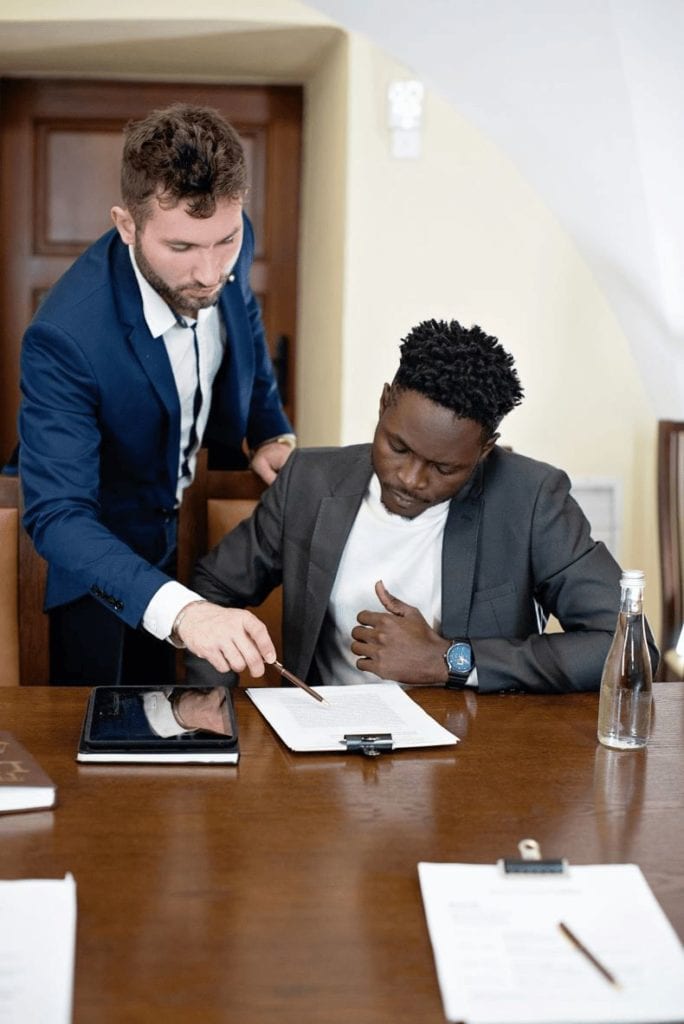
TALK TO A NEVADA CAR ACCIDENT LAWYER TODAY!
If you’re hurt in a car accident where someone else was at fault, contact the The Bourassa Law Group to talk to an experienced personal injury lawyer. The BLG team has skilled attorneys well-versed and experienced in Nevada’s car accident laws and personal injury lawsuits. Your personal injury lawyer will accompany you throughout the complicated process and fight for your rights until you get fair compensation for your losses.
Contact us today for a free consultation and discuss your case with an experienced attorney!
